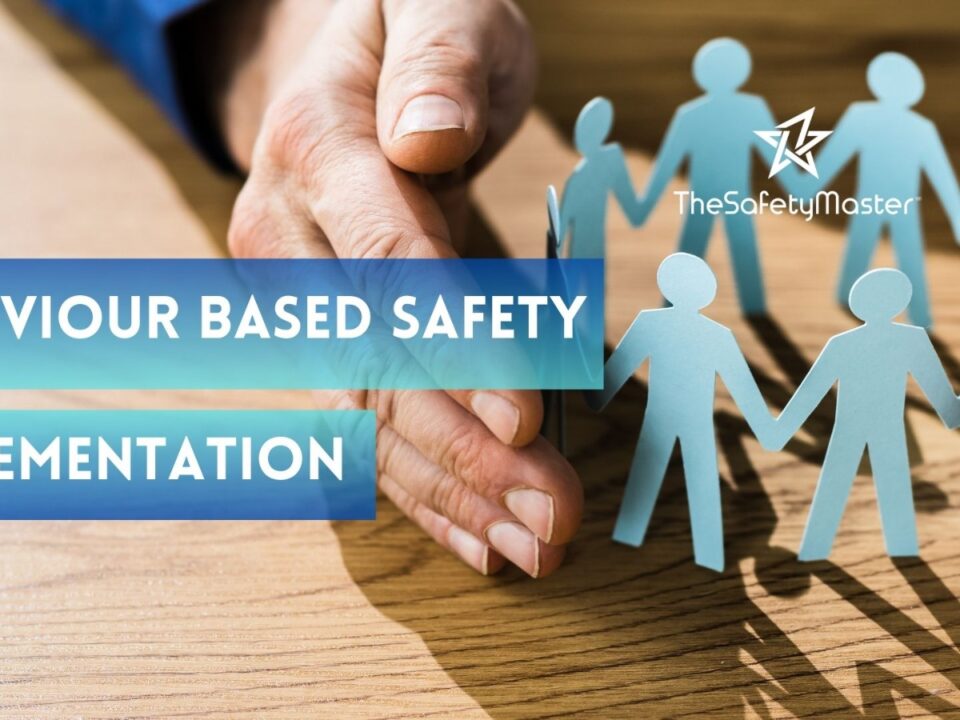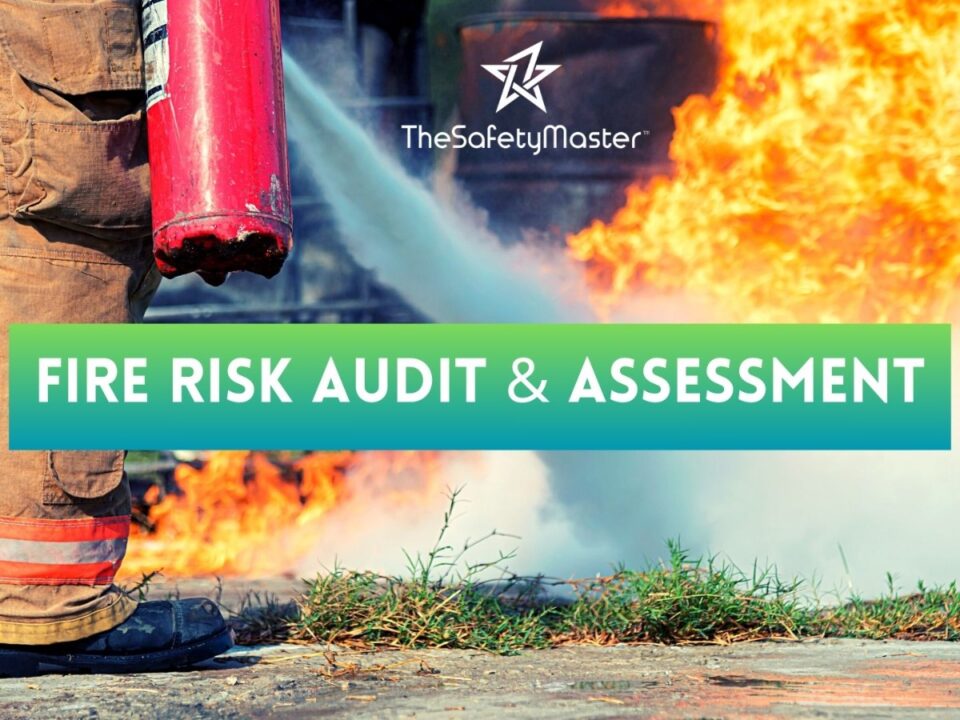Build a Behavior-Based Safety Program in Simple Steps

What Is A Fire Risk Assessment And Why Is It Needed?
May 12, 2022
Fire Risk Assessment Guide: Conducting a Fire Risk Assessment
May 21, 2022A behavior-based safety program can be the key to reducing the severity and frequency of preventable workplace injuries and illnesses. Behavior-based safety (BBS) requires companies to focus on empowering workers with policies and systems to support safe behaviors, rather than dictating safe behaviors.
There are many levels of safety audits. For example, an individual team can have a behavior-based safety program, but that is not the same as a corporate-wide program. However, both must follow the same steps in order to be successful.
1. Collect and Review EHS Data
The first step in developing a behavior-based safety program is to start collecting and reviewing data. This will allow you to identify the behavioral and workplace scenarios that need attention. In addition, it is easier than you might think. All you have to do is create your program’s list of hazards. Then, focus on addressing the actual or potential unsafe behavior or actions behind each hazard.
2. Create a Critical Behavior Checklist
Safety consultants can use the CBC to identify behaviors that are directly linked to excessive risk-taking and injuries. The CBC can also show which behaviors do not lead to injuries so that employees can avoid the behaviors in order to further their own health and safety.
3. Track and Measure Behavior
Employees who leave the workplace without permission are a concern to all companies, but they are especially dangerous in hazardous environments. If you own or manage a business that requires employees to work in harsh conditions, then there is a good chance that some of your workers have left their posts at some point and returned either intoxicated or injured.
The safety manager needs to consider implementing programs that will not only track if employees are leaving their stations, but also ensure that they are not present at unsafe levels when they return.
4. Give Feedback
Giving feedback is an essential part of any industry and workplace. At its root, feedback is a simple concept. It’s a message delivered to an individual or group that indicates the degree to which they are reaching some desired result or outcome. The more specific the message, the more helpful it can be to the recipient.
5. Measure Success and Continuously Improve
The Behavior-Based Safety Program = Better performance + Improved safety + Increased employee engagement = Tremendous ROI. Developing a behavior-based safety program can bring tremendous benefits to your organization and its employees.
How we can help
- BBS Training
- BBS Implementation
- BBS Audit
- SBOP BBS process




